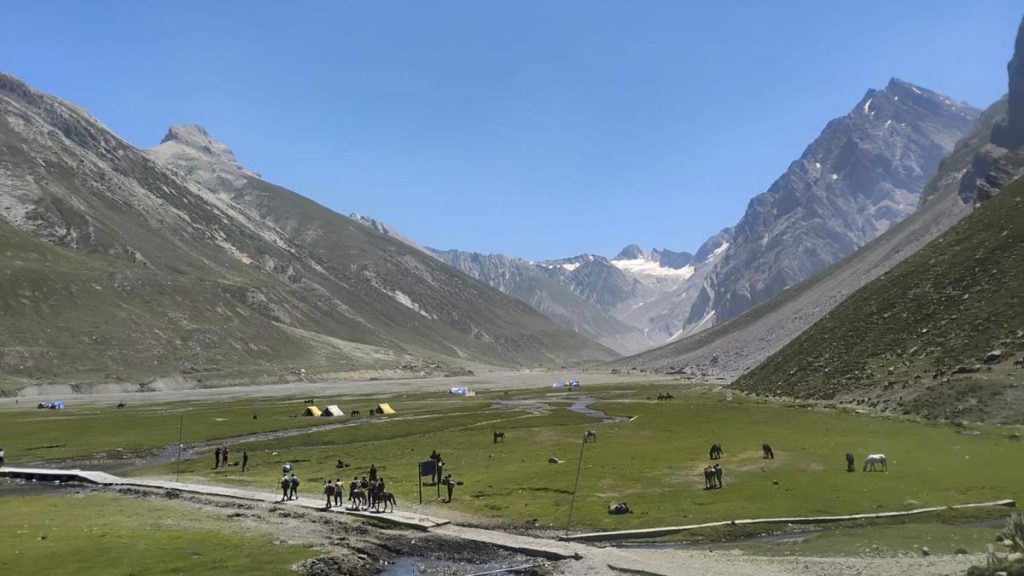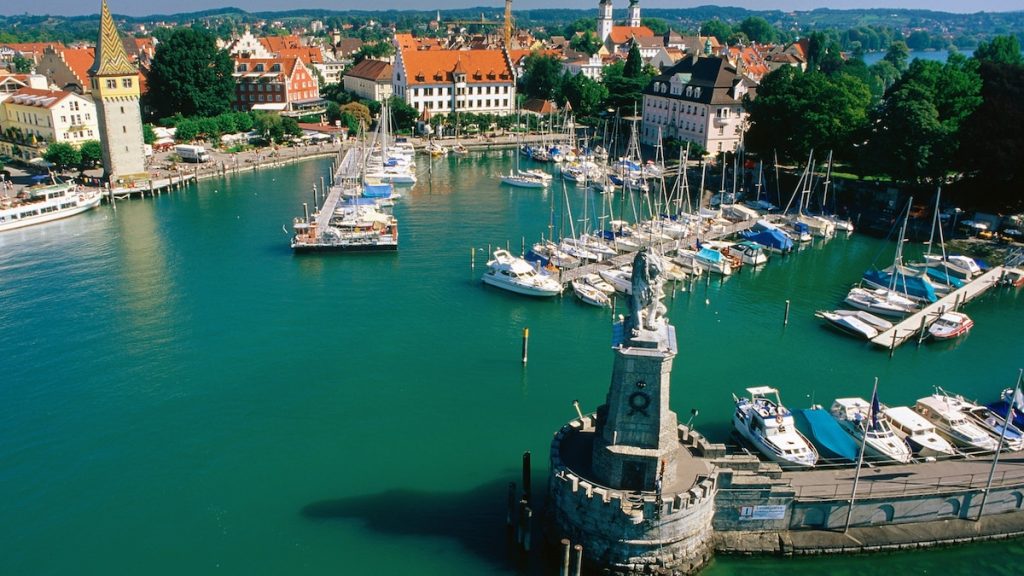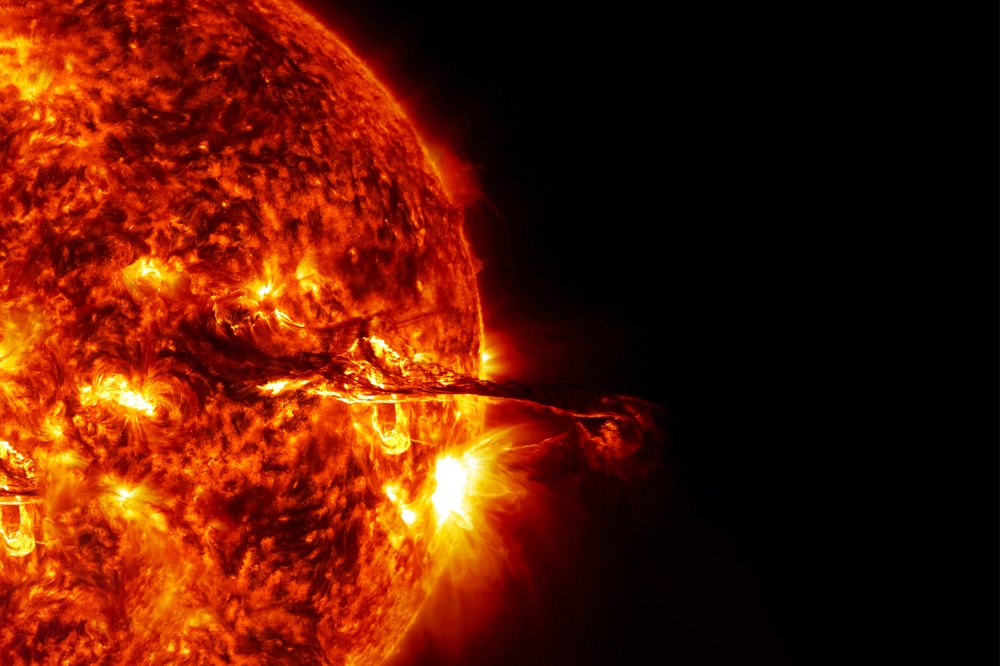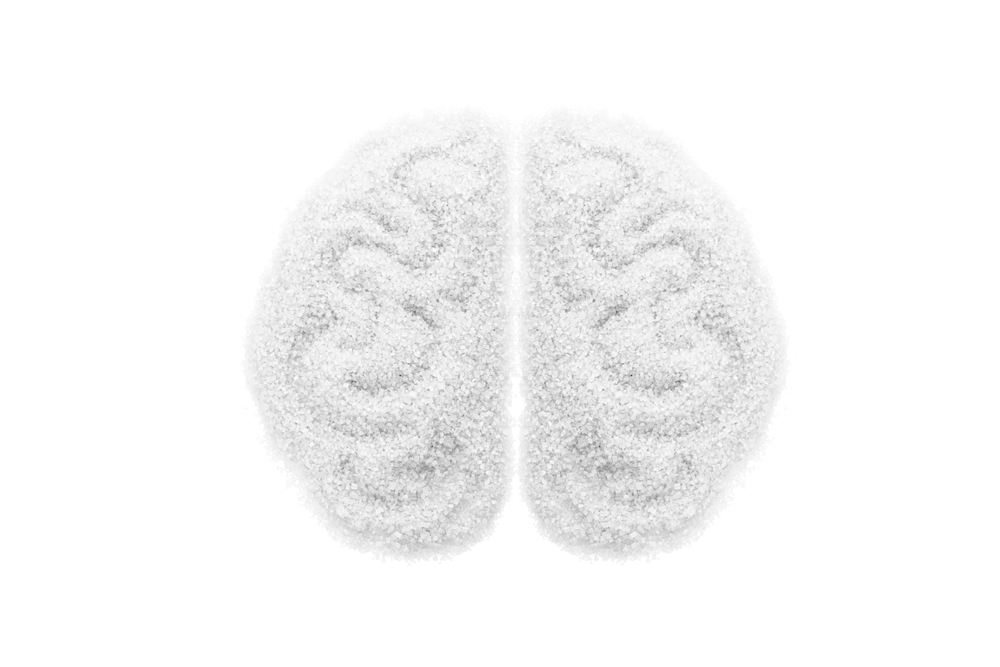Now Reading: 116-Million-Year-Old Tsunamis Preserved in Deep-Sea Amber Deposits
-
01
116-Million-Year-Old Tsunamis Preserved in Deep-Sea Amber Deposits
116-Million-Year-Old Tsunamis Preserved in Deep-Sea Amber Deposits

Quick Summary
- A study in Scientific Reports suggests deep-sea amber deposits on Hokkaido Island,Japan,as a geological archive for ancient tsunamis.
- Amber in sediments from 116-114 million years ago on Hokkaido appears transported by water, likely during large-scale tsunamis that swept debris from land to ocean.
- The fossilized resin shows “flame structures,” indicating rapid underwater deposition while still soft, supporting the tsunami theory over storm-related causes.
- Geological evidence includes displaced tree trunks, landslides linked to earthquakes, and terrestrial material found in deep-sea sediments-further reinforcing tsunami activity at that time.
- Researchers propose using similar amber deposits globally as archives of ancient tsunamis where coastal evidence lacks preservation.
Read More: 5 Worst tsunamis in History
read More: Here’s How Earthquakes Cause Tsunamis
Indian Opinion Analysis
This study opens new pathways for understanding Earth’s history of natural disasters. While focused on Japan’s Cretaceous-era geology, the findings provide broader implications for uncovering global tsunami events through deep-sea sediment analysis. For India-a country vulnerable to coastal threats like cyclones and tsunamis-similar approaches could boost disaster preparedness. studying sediment archives along India’s extensive coastline could help refine our ancient understanding of seismic activity affecting regions like the Andaman and Nicobar Islands or eastern coastal states.
beyond its scientific importance, this research is a reminder that historical knowledge can enhance resilience against future catastrophes. With modern advancements enabling new forms of analysis such as fluorescence imaging used here, India may also benefit by exploring archives hidden within its seabeds to predict long-term seismic risks better.
Read More: Deep-Sea Deposits of Amber May Document Massive ancient Tsunami

























